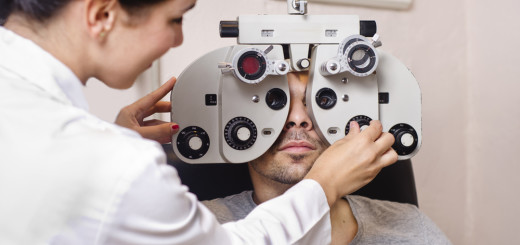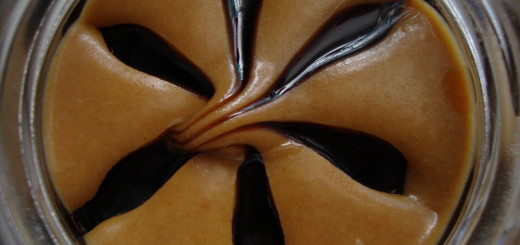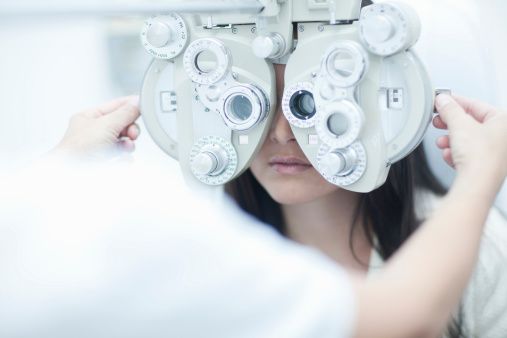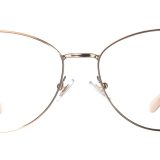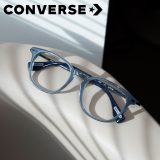Do I Really Need a Glaucoma Test?
 Every time I go to the optometrist there is one test that I’m not sure about. The eye doctor puts a little stick in my eye with some orange dye and then I sit at a special machine and a puff of air blows into my eye. It’s the test for glaucoma, an eye disease I’ll admit I know nothing about.
Every time I go to the optometrist there is one test that I’m not sure about. The eye doctor puts a little stick in my eye with some orange dye and then I sit at a special machine and a puff of air blows into my eye. It’s the test for glaucoma, an eye disease I’ll admit I know nothing about.
I’ve often wondered who gets it and how do you get it? Aside from understanding that it is not to be confused with an avocado dip for tortilla chips, I had no idea what glaucoma even is and if I was actually at risk for it…
But, then I got an email from a dear friend, just barely 35. She told me that she had the early stages of glaucoma and is fearful of losing her vision.
I decided it was time that I find out more.
Glaucoma is technically called “ocular hypertension.” It is associated with higher-than-normal pressure inside of the eye. The actual term refers to a group of eye disorders that damage the optic nerve that carries information from your eyes to your brain.
Glaucoma is sneaky. Most people who have it have very few or no symptoms letting them know that they do. But, it is very dangerous and the second leading cause of blindness (behind cataracts).
Glaucoma Testing
Many eye doctors will test for glaucoma using a tonometer that will either blow a puff of air into your eye or set a small probe against your eye’s surface. The machine tests the amount of fluid (called aqueous humor) in your eye. If the amount of fluid is too much, it will show up on this test and be a warning sign.
Another test your eye doctor should do is called a “visual fields” test. This is basically a test of your peripheral vision. Those with early vision loss from glaucoma lose the ability to see things in the periphery first. This is another sign for your optometrist to tell if glaucoma is present.
Risk Factors
There are many different types of glaucoma and causes range from genetics and hypertension, to eye injury or a thin cornea. The most at risk population groups for developing glaucoma are those over age 60, those with a family history of glaucoma, African Americans, older Hispanics, Asians, steroid users, and those with high myopia (or severe nearsightedness).
Glaucoma Treatment
Treatment for glaucoma ranges from drops to surgery. For my friend, she’s been instructed just to get healthier and use her eye drops. For others, the prognosis isn’t so bright.
If you haven’t had an eye exam in a year or longer, that means you haven’t been tested for glaucoma recently either! Don’t wait until you lose your vision. Especially if you are part of one of the highest risk groups listed above, call your eye doctor and get an appointment for a full eye exam and a glaucoma screening. It’s too important to put off!

